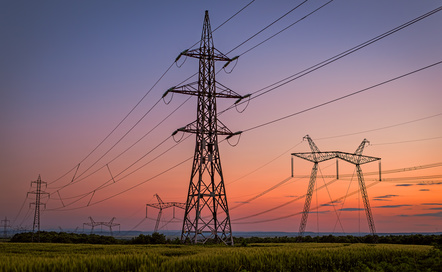 August 2017
August 2017
Microgrid News & Insight from around the world
New distributed energy technologies and business models bring many unprecedented choices in how we create and distribute power. There are three overarching questions, of course: Is this energy model resilient against power outages and grid failure? Is it socially and environmentally responsible? Does it benefit the bottom line?
We are no longer stuck with grid power that doesn’t provide a definitive “Yes!” answer to all three questions. “The Economics of Grid Defection,” an analysis on the topic by Rocky Mountain Insititute in conjunction with HOMER Energy, laid out these major findings:
- For a rapidly growing minority of utility customers, solar + storage grid parity is already here or coming soon, raising the prospect of widespread grid defection.
- Even before complete grid defection becomes economically feasible, utilities will see further revenue loss to solar + storage systems.
- Given grid parity’s arrival within the typical 30-year economic life of utility power assets,
the findings predict an upcoming end to traditional utility business models.
Corporations and communities in the U.S. and Europe are choosing to move away from traditional utility service and disconnect from the grid — whether partially or completely — to get their energy needs met.
American, European businesses, communities step slowly away from the grid
In a story last week, Utility Dive reports on developments in the U.S. distributed energy sector. The story includes a forecast that by the mid-2020s, more than 80% of electric demand from retail customers in environmentally friendly California will no longer be served by traditional investor-owned utilities. In other progressive states like Washington and Colorado, the story states, smaller communities are determining the feasibility of creating their own municipal utilities run on renewable energy. The article examines the predicted shift from government and utility control toward “increased decision-making power directly in the hands of consumers” and what we are likely to do with that power.
Meanwhile, in Europe, an Energy Storage News article just out predicts that complete disconnection from the grid, particularly via solar + storage, will make economic sense by the mid- to late-2020s as well. The article states that even today, “partial grid defection using solar PV alone is already competitive with retail rates” in Germany, Italy, the Netherlands, and the United Kingdom. “The continued adoption of new distributed technologies, ranging from energy storage to microgrids, will further increase the options available to customers.”
Finding common ground between utilities, government, and energy consumers
What happens when individuals representing all energy perspectives come together to discuss future energy projects? GreenTech Media’s Julian Spector wrote a blog post this week about the Rocky Mountain Institute’s 2017 eLab Accelerator, an event he attended earlier this year. He gives an inside view of the discussions around these issues, reporting on Accelerator team discussions around distributed energy microgrids in a variety of scenarios — examining not just technical possibilities but the projects’ effects on and benefits for the communities they would serve.
Spector’s perspective on the event was that it served as “an antidote to the utility vs. renewables conflict…helping people on all sides come together because we can accomplish more as partners than as enemies.” HOMER Energy is committed to serving this goal with partners throughout the microgrid world.

in the Philippines, where the big boys, the FORBES listers, who owned big coal-fired power plants, and diesel fed turbogenerators, and likewise managed the Philippine government-owned national grid, are helpless. for as often as calamities visit the islands, the collapse of cable towers are common. just like in Puerto Rico, it takes months to restore power to its normal status. and when power is served, along with it comes the price increase because of cost recovery and system losses.